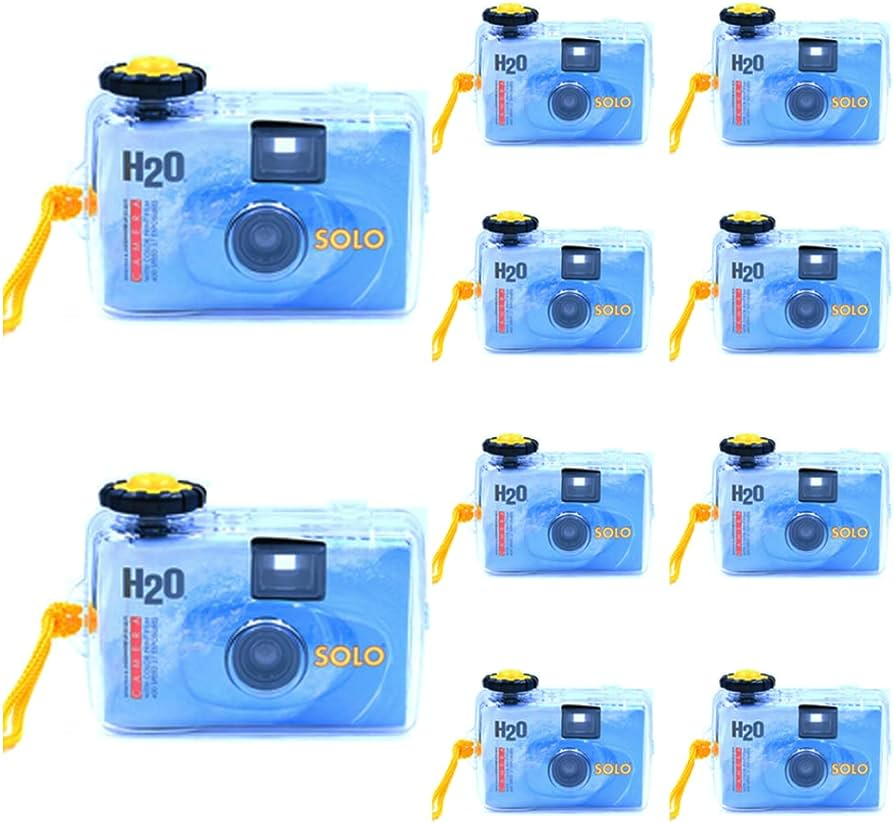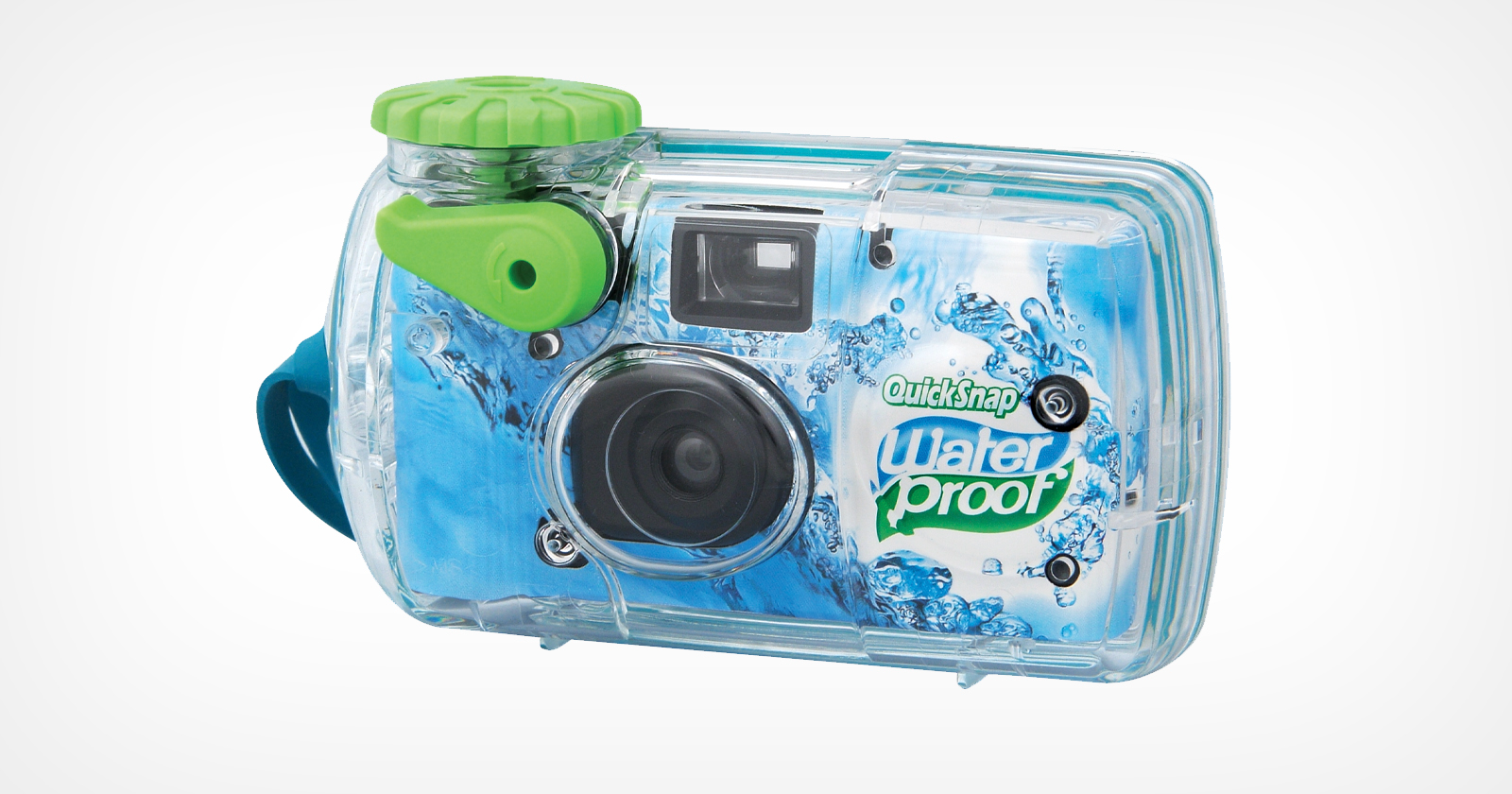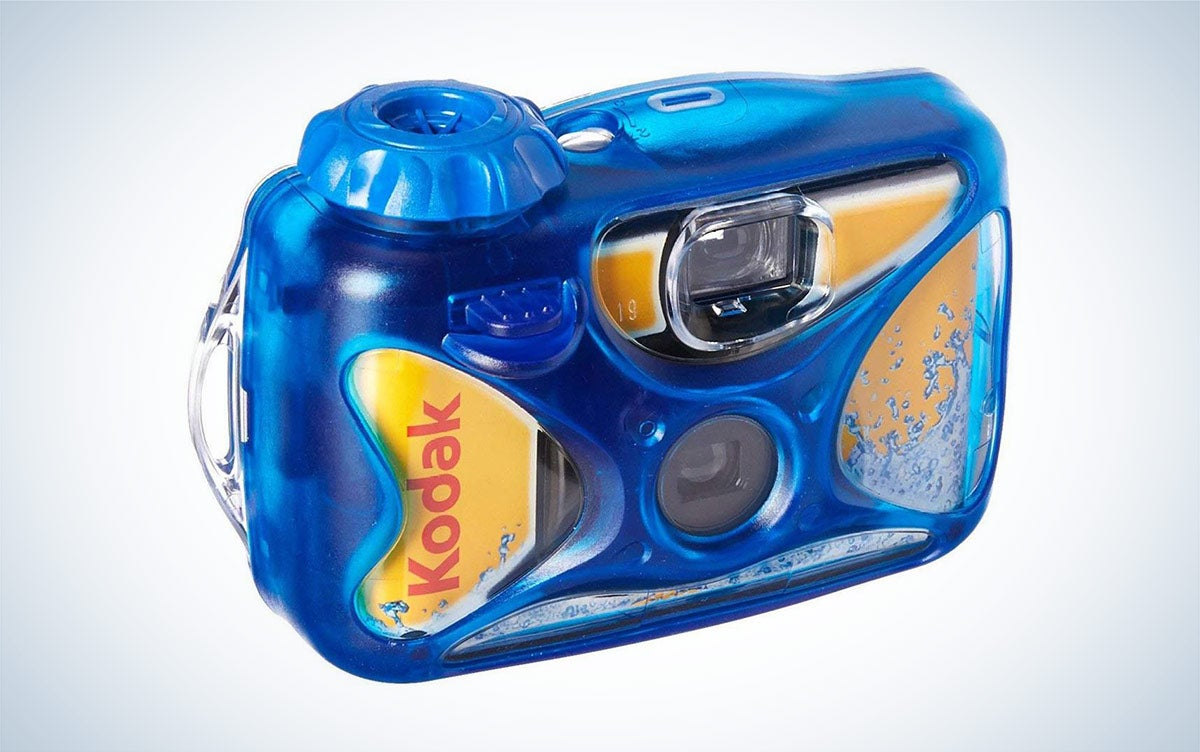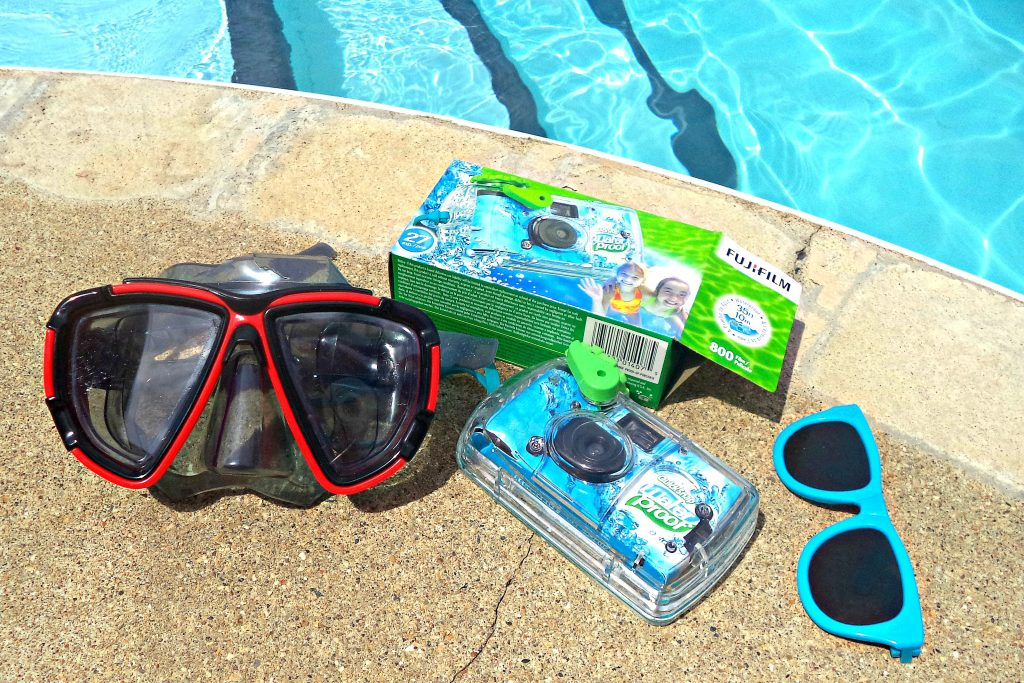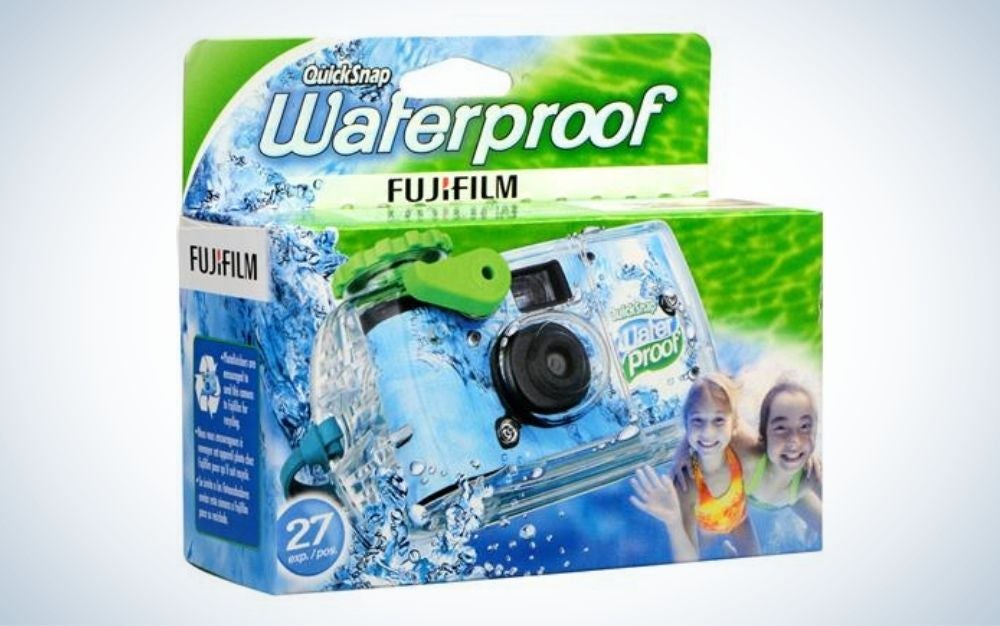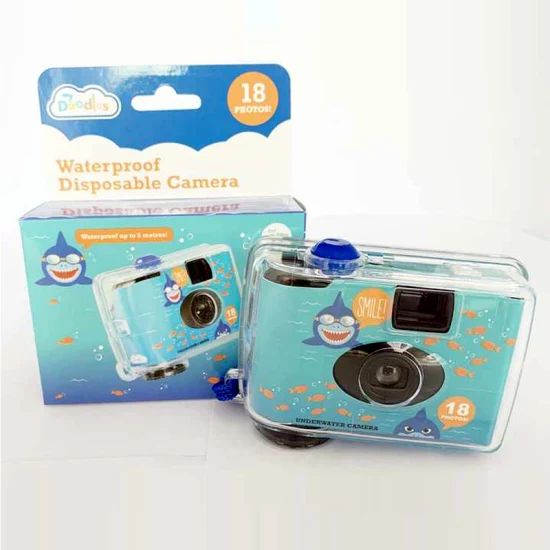Waterproof disposable cameras have become a popular choice for adventurers, beachgoers, and underwater enthusiasts who wish to capture their experiences without the risk of damaging expensive equipment. These compact, single-use devices provide a convenient and affordable way to take photos in wet environments while maintaining image quality. This comprehensive guide delves into the world of waterproof disposable cameras, exploring their features, usage, advantages, and limitations, as well as offering tips for maximizing your underwater photography experience.
Understanding the Basics of Waterproof Disposable Cameras
Construction and Design
A waterproof disposable camera is built with durability and water resistance in mind. Its body is typically made of sturdy plastic that can withstand pressure and impact, ensuring it remains functional even when submerged or exposed to rough conditions. The camera’s seals and gaskets prevent water from entering sensitive areas like the lens, film compartment, and battery compartment, allowing it to operate flawlessly at depths ranging from 10 to 60 feet, depending on the model.
Film and Image Quality
Disposable waterproof cameras use traditional 35mm film, providing a nostalgic analog feel to your photographs. While the image quality may not match that of high-end digital cameras, they still offer decent resolution and color reproduction. Most models feature a fixed focus lens and automatic exposure settings, making them user-friendly for beginners. Some cameras also include a flash for low-light situations or to compensate for the loss of light underwater.
Additional Features and Accessories
Some waterproof disposable cameras come equipped with additional features to enhance your underwater photography experience. These may include a wrist strap for secure handling, a viewfinder for accurate framing, or a close-up lens attachment for capturing details of marine life or macro subjects. Although these cameras are designed for simplicity, understanding their features can help you make the most of your underwater photo sessions.
Using a Waterproof Disposable Camera: Tips and Techniques
Preparing Your Camera
Before diving into the water, ensure your camera is properly prepared. Check the seals and closures for any signs of damage or wear, and verify that the film has been advanced to the first frame. It’s also wise to test the flash function if applicable, especially if you plan to take photos in darker underwater environments. Finally, attach the wrist strap securely to avoid losing your camera while swimming or snorkeling.
Composition and Lighting
Underwater photography presents unique challenges in terms of composition and lighting. Due to the distortion caused by water and the absence of natural light at depth, consider the following tips:
- Get close to your subject: Water absorbs light quickly, causing colors to fade and details to blur. Getting closer to your subject reduces these effects and helps capture vivid images.
- Use the flash wisely: The built-in flash can illuminate your subject and offset color loss. However, be cautious of backscatter, which occurs when particles in the water reflect the flash back into the lens, creating unwanted specks in your photos. Position the camera slightly above or to the side of your subject to minimize this effect.
- Explore different angles: Experiment with various angles and perspectives to find the most visually appealing compositions. Shooting from below or at eye level with your subject can create dynamic and engaging shots.
Care and Maintenance
After using your waterproof disposable camera, rinse it gently with fresh water to remove any salt, sand, or chlorine residue. Allow the camera to air-dry completely before attempting to open it or remove the film for processing. Promptly develop your film to preserve image quality and prevent degradation over time.
Advantages and Limitations of Waterproof Disposable Cameras
Advantages
- Affordability: Waterproof disposable cameras offer a cost-effective alternative to purchasing and maintaining expensive digital underwater gear.
- Ease of use: With no complex settings or menus to navigate, these cameras are ideal for casual users and those new to underwater photography.
- Portability: Their compact size and lightweight construction make them convenient to carry during outdoor activities or while traveling.
- No risk of damage: Since they’re designed to be discarded after use, there’s no concern about damaging valuable equipment in challenging aquatic environments.
Limitations
- Limited exposures: Disposable cameras typically provide 27 to 36 exposures, which may be insufficient for extended underwater shoots or trips.
- Fixed settings: The lack of adjustable aperture, shutter speed, or zoom options restricts creative control and adaptability to varying underwater conditions.
- Film development process: Unlike digital cameras, you must wait to see your photos until the film is developed, and the process can be costly and time-consuming.
- Environmental impact: Although disposable cameras are recyclable to some extent, their single-use nature contributes to waste generation.
Alternatives and Future Trends in Underwater Photography
Underwater photography has evolved significantly over the years, with advancements in technology and equipment making it more accessible and versatile for both professional photographers and enthusiasts. As we look towards the future, several alternative approaches and emerging trends are likely to shape the landscape of underwater imaging. Here are some key areas to watch:
Autonomous Underwater Vehicles (AUVs) and Drones
AUVs and underwater drones equipped with high-resolution cameras offer a new perspective on underwater photography. These remotely operated or autonomous systems can venture into deeper waters, navigate through tight spaces, and capture images in hazardous environments that would be challenging or impossible for human divers. They also enable real-time monitoring and remote exploration, opening up new opportunities for scientific research, marine conservation, and cinematic storytelling.
Advanced Imaging Techniques
Developments in imaging technologies like multi-spectral, hyperspectral, and fluorescence photography allow for capturing details beyond the visible light spectrum. These techniques can reveal hidden patterns, identify specific species or substances, and provide valuable insights into underwater ecosystems. In the future, such advanced imaging methods may become more widely adopted by researchers, conservationists, and even recreational photographers seeking unique visual experiences.
Virtual Reality (VR) and 360-degree Photography
Immersive technologies like VR and 360-degree photography/videography are transforming the way we experience underwater environments. By capturing and presenting a full spherical view, viewers can explore underwater landscapes and marine life as if they were there themselves. This format is particularly useful for educational and conservation initiatives, allowing audiences to connect emotionally with the underwater world and fostering a greater appreciation for its preservation.
Artificial Intelligence (AI) and Machine Learning (ML)
AI and ML can enhance underwater photography in various ways, such as:
-
- Image enhancement: Algorithms can automatically correct color casts, reduce noise, and improve overall image quality in real-time or during post-processing.
- Species identification: AI-powered tools can help identify marine organisms in photos, assisting researchers in biodiversity studies and enabling citizen scientists to contribute to data collection efforts.
- Autonomous shooting: Intelligent camera systems could learn to recognize optimal shooting conditions (e.g., lighting, subject behavior) and adjust settings or trigger the shutter accordingly.
Biodegradable and Eco-Friendly Gear
With growing concerns about plastic pollution and the environmental impact of diving activities, there is a push for more sustainable underwater photography equipment. This includes the development of biodegradable housings, floats, and other accessories, as well as the use of non-toxic materials and manufacturing processes. Additionally, initiatives to encourage responsible diving practices, such as minimizing disturbance to marine life and habitats, will continue to gain prominence.
Compact and Affordable Systems
Advances in miniaturization and cost-effective manufacturing will likely lead to more compact and affordable underwater camera systems. This could include action cameras, smartphone accessories, or specialized point-and-shoot cameras designed specifically for underwater use. Such devices will make underwater photography more accessible to a broader audience and encourage more people to explore and appreciate the underwater world.
Integrated Lighting Solutions
Improved LED technology and smarter lighting systems will continue to enhance the quality of underwater images. Integrated, intelligent lighting solutions can adapt to ambient conditions, automatically adjusting color temperature, intensity, and beam angle to optimize exposure and minimize backscatter. Additionally, the development of powerful yet compact video lights and strobes will enable photographers to capture vibrant, well-lit images even in deep or low-light environments.
Conclusion
In conclusion, waterproof disposable cameras provide a fun, accessible, and worry-free way to capture underwater memories. By understanding their features, utilizing effective photography techniques, and weighing their advantages and limitations against other options, you can make an informed decision on whether a disposable camera suits your aquatic adventures. As technology continues to evolve, eco-friendly alternatives and innovative solutions will further expand the possibilities for underwater photography, ensuring that everyone can explore and document the fascinating world beneath the waves.
